Nvidia RTX 3050 review – How does the old-gen hold up?
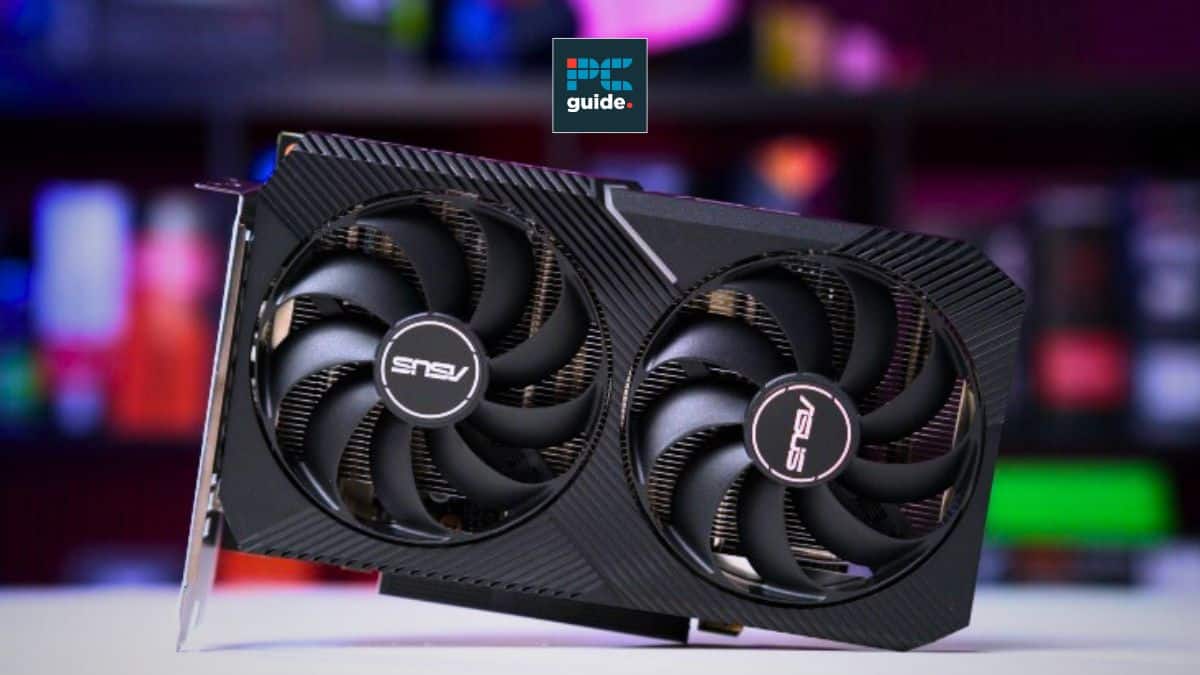
Table of Contents
If you are in the market for a GPU but are counting out the newer RTX 40-series, you may find yourself weighing up your options with the older RTX 30 lineup. While they may have lost their top-of-the-range status to the RTX 4090 or RTX 4080 Super, these cards are by no means obsolete in today’s graphics card market. They still serve as excellent entry-level or mid-range cards for users who aim to keep their budget tight and systems reliable. One of the major players in the 30-series lineup is, of course, the RTX 3050.
In this RTX 3050 review, we go through all the necessary details you need to know about this card, including price, specs, design, and performance benchmarks to help you make the most informed decision. So, can this old-gen GPU hold up in today’s market? Let’s find out.
ASUS Dual Nvidia GeForce RTX 3050 OC
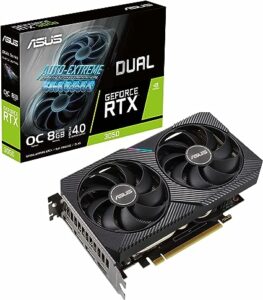
- Extremely low price for graphics card
- Delivers solid 1080p gaming performance across the board
- Despite being older-gen, the card still features ray tracing
- Performance is unable to compete at 1440p or 4K
- Specs and benchmarks demonstrate the card is not a top-tier or mid-range card
- RTX 3060 / RTX 3070 deliver better performance for only a slight increase in cost
Why we’ve scored it 3/5
While the RTX 3050 is one of the older-gen cards and has its obvious flaws, it is still able to deliver solid 1080p performance at a very low price – and for some people that is more than enough.
RTX 3050 price
The RTX 3050 is no longer a flagship GPU for Team Green, having taken a backseat behind the RTX 40-series giants like the RTX 4090 and RTX 4080 Super. By taking a backseat, you would think the RTX 3050 would come quite cheap nowadays – and you would be right. Depending on the brand, most RTX 3050 GPU packages can be found for around or just under $200.
Originally launched in January 2022, the RTX 3050 started with an MSRP of $249 but has since been discounted due to Nvidia’s shift in focus to more updated models. For this review, we have looked at the ASUS Dual RTX 3050 which currently retails for $179 on Amazon – certainly one of the lower-priced GPUs you will find pretty much anywhere on the market these days.
So, how does the RTX 3050 compare to its 30-series counterparts? The RTX 3060 comes in roughly $100-150 more expensive than the RTX 3060, the next card up in the series. Similarly, the RTX 3070 jumps another $100 from that card. As you can see, the RTX 3050 is sitting primarily at the lower end of the Nvidia GPU lineup in terms of price. This makes it prime real estate for anyone looking to get into the GPU space for the first time (entry-level users) and those who are a little tighter on budgets. However, with lower prices often comes lower performance. Let’s see if that is reflected here.
RTX 3050 key specs
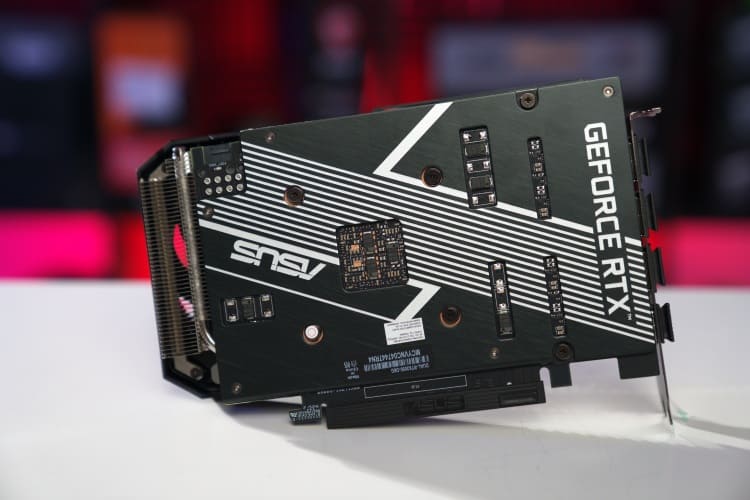
Regardless of the brand of RTX 3050 you decide to purchase, the basics remain the same throughout. At this point, it is also important to make a distinction between the RTX 3050 8GB and the newer RTX 3050 6GB option. For the sake of this review, we are focused primarily on the 8GB variant, meaning more VRAM and more room to play with. The Nvidia GeForce RTX 3050 features 8GB of GDDR6 memory on a 128-bit-memory bus with a bandwidth of 224.0 GB/s. It features a pretty standard 1552 MHz base clock and a baseline boost clock speed of 1777 MHz. This boost clock speed can vary based on the specific model you purchase and if the model has overclocking functionality. For example, the ASUS Dual OC has a clock speed of 1820 MHz, a 2.4% increase.
Furthermore, the RTX 3050 supports DirectX 12 Ultimate. This means most modern games and titles will be able to run on this system and additionally guarantee the support of ray-tracing. While its competitor, the RTX 3060, boasts a fully active set of 3840 shader units, the RTX 3050 trims down on this power. Nvidia disables some shaders to achieve a specific target for the 3050. This card comes equipped with 2560 shading units, 80 texture mapping units, and 32 ROPs. Despite the adjustment, it still packs a punch for machine learning tasks thanks to its 80 tensor cores. Additionally, the 3050 features 20 ray tracing cores for enhanced visuals in-game. Ray tracing is also important for creatives, making it well-suited for other graphics-intensive tasks, such as video editing, 3D modeling, and streaming.
You may be wondering what you will miss out on by purchasing a 30-series card over a newer 40-series one. Well, as quoted by Nvidia, the 40-series “takes everything RTX GPUs deliver and turns it up to 11”. Here is what they mean. With the RTX 3050, you will not have the new Ada Lovelace architecture, a significant upgrade from the standard Ampere. Alongside this architecture upgrade, the 3050 also does not feature DLSS 3.0, a crucial feature in defining the new-gen Nvidia GPUs. To translate, RTX 3050 users won’t have the use of AI to create additional high-quality frames. It is difficult not to overstress the importance of these features in modern GPUs and how much of a difference they make to gaming and creative endeavors. Bare this in mind when purchasing an RTX 3050 as while everyone starts at an entry-level, an upgrade to this level of GPU is nearly inevitable in today’s gaming world.
RTX 3050 design and aesthetic
The RTX 3050 measures up as a compact graphics card designed to fit comfortably into most modern PCs. Coming in at 242 mm x 112 mm x 40 mm, it shouldn’t hog up too much space within your case. This is a major advantage for those building smaller form factor machines or cases with limited space. However, it’s important to remember that the RTX 3050 occupies two PCI-Express slots due to its dual-slot cooler design. Make sure you have the necessary space in your case to accommodate this before pulling the trigger on this GPU.
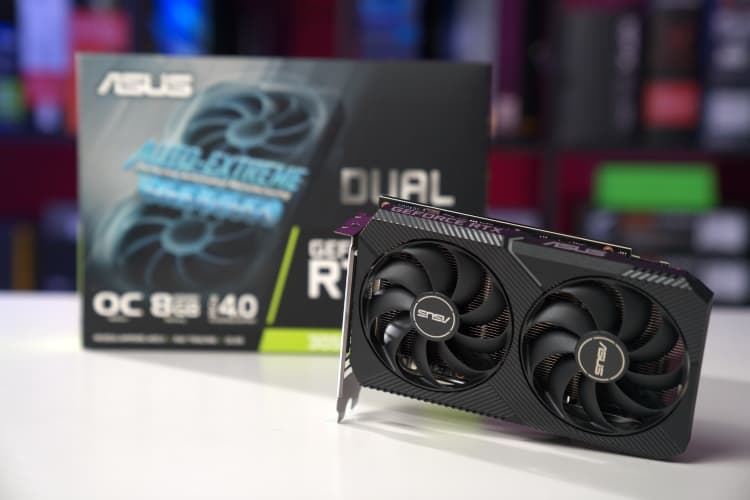
While the exact aesthetics may vary slightly depending on the manufacturer, you can expect a fairly standard design for the RTX 3050. The reference design from Nvidia utilizes a dual-fan cooler shrouded in a simple black casing. Some manufacturers may add their flair with RGB lighting or unique heat sink designs, but overall, the RTX 3050 prioritizes function over form. For example, the ASUS Dual RTX 3060 has a stainless steel bracket, which is harder and more resistant to corrosion. Additionally, the model is featured with subtle lighting changes like an illuminated strip that creates a stylish accent. While they aren’t major impacts, they may sway you on the individual variant you buy.
RTX 3050 performance
When looking at benchmark results, two things become apparent about the RTX 3050’s performance. Firstly, it is still able to deliver solid 1080p performance on most modern titles, for example, Doom Eternal, Evil Genius 2, and Resident Evil Village. However, this is about it regarding the impressive nature of the RTX 3050, as it falls significantly in 4K and 1440p. To demonstrate, the RTX 3050 scored 32 in Dirt 5, 30 in Call of Duty: Warzone and just 25 in Fortnite for 4K. Ultimately slamming the door shut on any potential for an achievable 4K performance.
Gaming benchmarks
| Game(s) | 4K | 1440p | 1080p |
|---|---|---|---|
| CS:GO | 129 | 239 | 342 |
| Dirt 5 | 33 | 50 | 63 |
| Doom Eternal | 48 | 83 | 120 |
| Evil Genius 2 | 32 | 66 | 107 |
| Far Cry 6 | 35 | 53 | 73 |
| Fortnite | 25 | 54 | 89 |
| Rainbow Six Siege | 99 | 189 | 287 |
| Resident Evil Village | 73 | 126 | 182 |
| Shadow of the Tomb Raider | 26 | 49 | 78 |
| Call of Duty: Warzone | 30 | 54 | 77 |
Additionally, the RTX 3050 just about scrapes by in some titles for 1440p. In CS:GO and Rainbow Six Siege, the RTX 3050 achieves scores over 100, though these titles are less demanding graphically and this score is still behind the performance of most other graphics cards available. As a comparison with our RTX 3080, the CS:GO score for the RTX 3050 was 239, though the RTX 3080 scored 344 – a score even larger than the RTX 3050’s 1080p performance on the same game. In addition, in more graphically demanding games like Fortnite, the RTX 3080 scored 128 at 1440p – over double the performance benchmark for the 3050. This is certainly not an ideal card for anyone wanting to hit the 1440p or 4K gaming level anytime soon.
Synthetic benchmarks
| Software | Graphics | Overall |
|---|---|---|
| Fire Strike (DX11) | 15,162 | 13,862 |
| Fire Strike Extreme | 7,228 | 7,079 |
| Fire Strike Ultra | 3,444 | 3,622 |
| Time Spy (DX12) | 6,012 | 7,562 |
| Time Spy Extreme | 2,807 | 2,934 |
| Port Royal (RT) | 3,538 | N/A |
Why to buy and why to leave
Having reviewed this product in full, it becomes clear that the main reasons to buy are two-fold. Firstly, if you are satisified with 1080p gaming and don’t feel the need to venture further, the RTX 3050 will suffice. Furthermore, if you want a GPU for very little expense and are just starting out then this card will do the trick.
Unfortunately, despite the cards price, it does not compare well to its competiton and is already largely out-dated in the GPU market. With more graphically demanding games coming out each week, it is only matter of time before this card will need replacing all together. For an additional cost, the RTX 3070 and 3080 deliver more reliable benchmarks and updated features.
Conclusion
The RTX 3050 signifies the last major low-end GPU from Nvidia, but it doesn’t do much more than that. For its low price, it certainly can deliver a reasonable standard of performance, particularly at 1080p. It can also handle most modern titles. However, if this is the standard by which we judge GPUs then all GPUs would receive pass marks. Unfortunately, we understand that most gamers and creatives will demand slightly more from their cards nowadays and the RTX 3050 barely makes the cut. It doesn’t have amazing 4K or 1440p benchmark scores for popular titles like Warzone or Fortnite, nor does it have any major performance features that distinguish it from its competitors.
The Nvidia 3050 is only saved by its price point which may make it appropriate for GPU entry-level users who are simply testing the waters and getting themselves familiar with cards. However, without modern DLSS 3.0 and Ada Lovelace architecture, the longevity and future of this card is not bright. It will need replacing eventually, adding an extra $200 to the cost of a better card that could’ve been bought sooner and lasted longer.
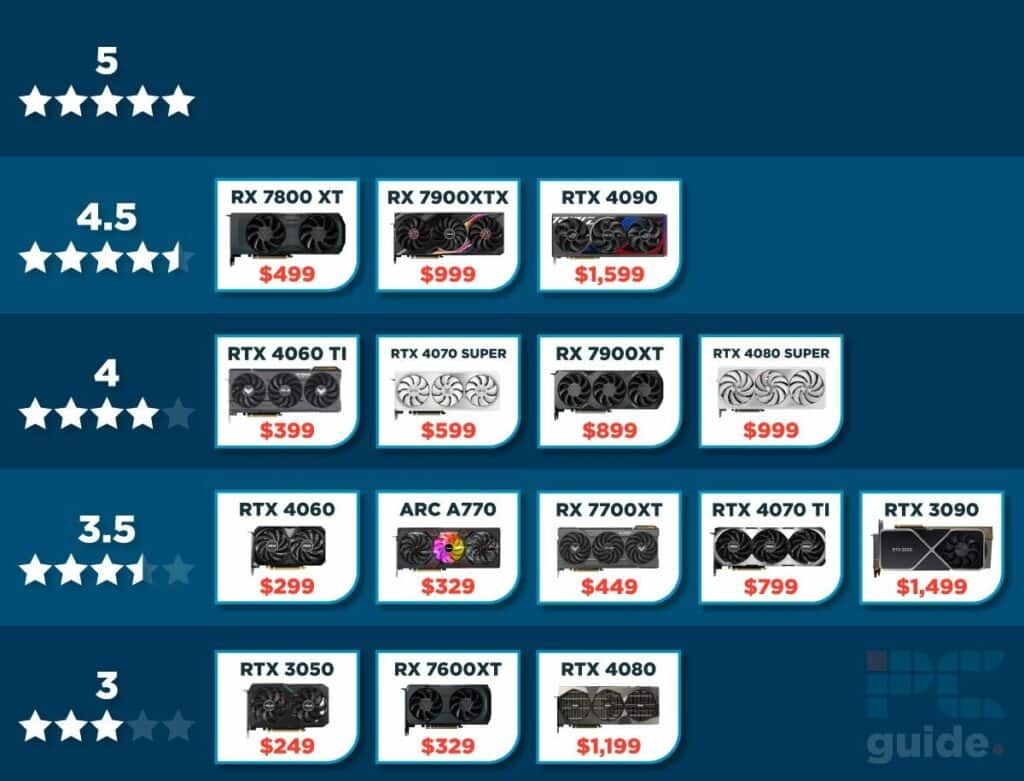
Is the RTX 3050 worth it?
In short, although it's better and cheaper than almost any older Nvidia GPU, it's not worth buying at this point. While only released a few years ago, the card has not aged particularly well, especially given the competition within Nvidia’s ranks. It certainly won’t leave a gaping hole in your wallet, that much is true, but it also does not have much longevity and you will likely have to end up upgrading sooner and spending more.
Its performance at 1440p and 1080p is sufficient at best, but nothing to shout about. For example, at 1440p, you may have to lower the graphics settings to maintain a smooth frame rate, which isn’t great. If you have a slightly higher budget and are looking for the best performance possible, you may want to consider higher-end graphics cards from the 30-series such as the RTX 3060 or 3070, or you could even make a leap to the 40-series though this requires a little more money.
